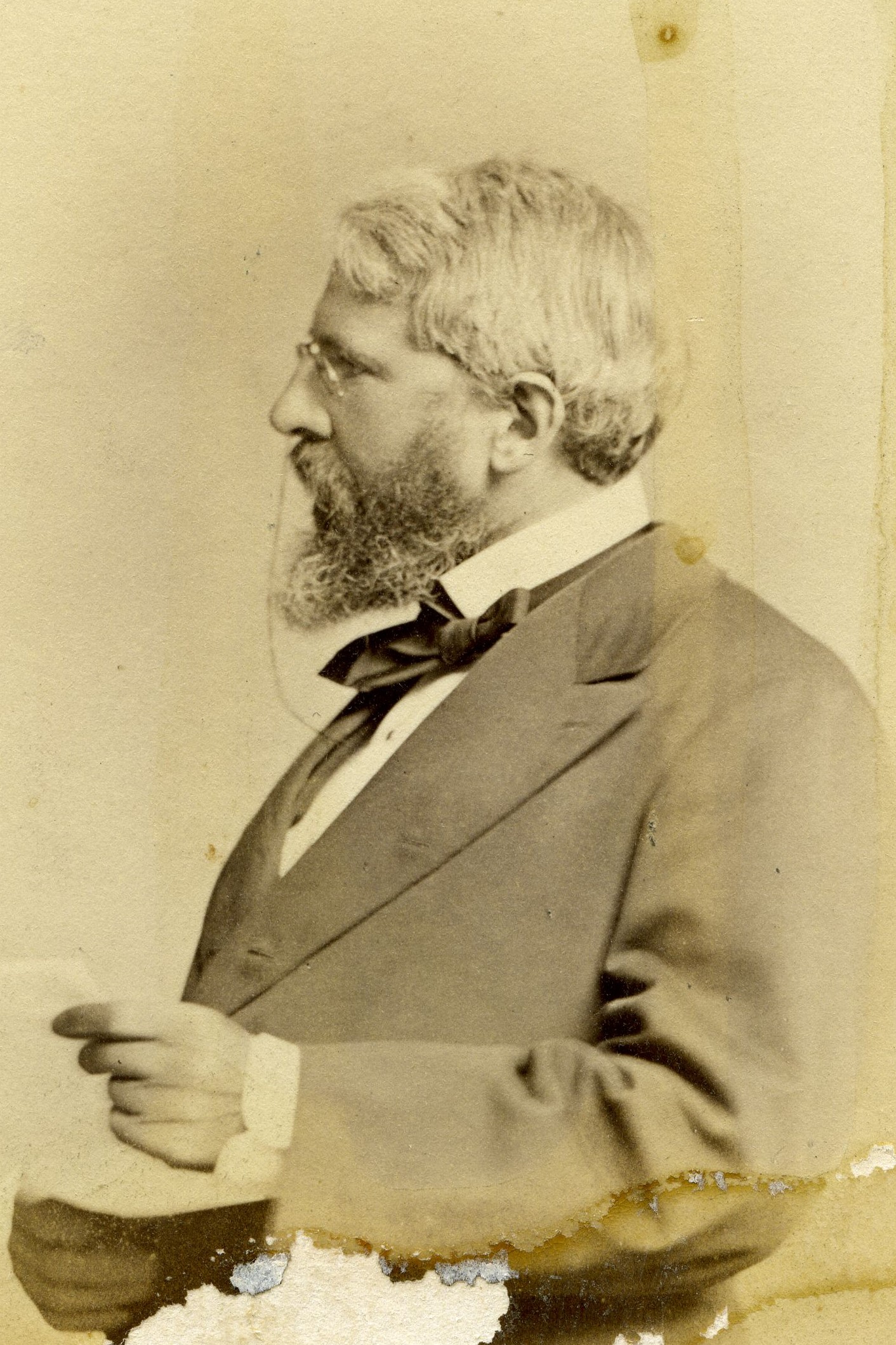Architect/Author
Centurion, 1870–1909
Born 16 October 1836 in Baltimore, Maryland
Died 11 February 1909 in New York (Manhattan), New York
Buried Fresh Pond Crematory and Columbarium , Middle Village, New York
, Middle Village, New York
Proposed by Edwin L. Godkin and Lucius Tuckerman
Elected 5 November 1870 at age thirty-four
Archivist’s Note: Father-in-law of Philip Golden Bartlett and Hector W. Thomas; grandfather of Philip G. Bartlett; grandfather-in-law of A. I. Henderson
Proposer of:
Seconder of:
Century Memorial
Russell Sturgis was a child of Maryland, but early became a New Yorker, graduating from the City College, laying here, in the office of the elder Eidlitz, the foundations of his professional study as an architect. After a period of travel, and of study in Munich, he returned to become eminent in the Gothic revival, an apostle of art according to Ruskin, and a voluminous author. Though the architect of three important structures at Yale and of a considerable number here, though associated with famous contemporaries as a practising architect, and though a trainer of the younger generation both in a professional chair and as private preceptor, yet he is best known for his cultivated taste and acute criticism as a writer. Among hundreds of fugitive pieces, his work on “The Nation” and his great Dictionary of Architecture stand out as monumental. He was thirty-nine years a member here and seventy-three at death [sic: seventy-two]. The Century was the home of his soul, his intimacies were here; the good cheer and helpful converse with kindred spirits in these rooms were his very life. He was one of the builders in the Institute of Architects and in the Civil Service Reform Association. Not only was he a metropolitan personage, but a national; for his advice was sought from far and near. His personality was keen but engaging, his knowledge of men and subjects penetrating, his companionship stimulating and agreeable. It is of such fibre that the fabric of The Century is woven.
William Milligan Sloane
1910 Century Association Yearbook

